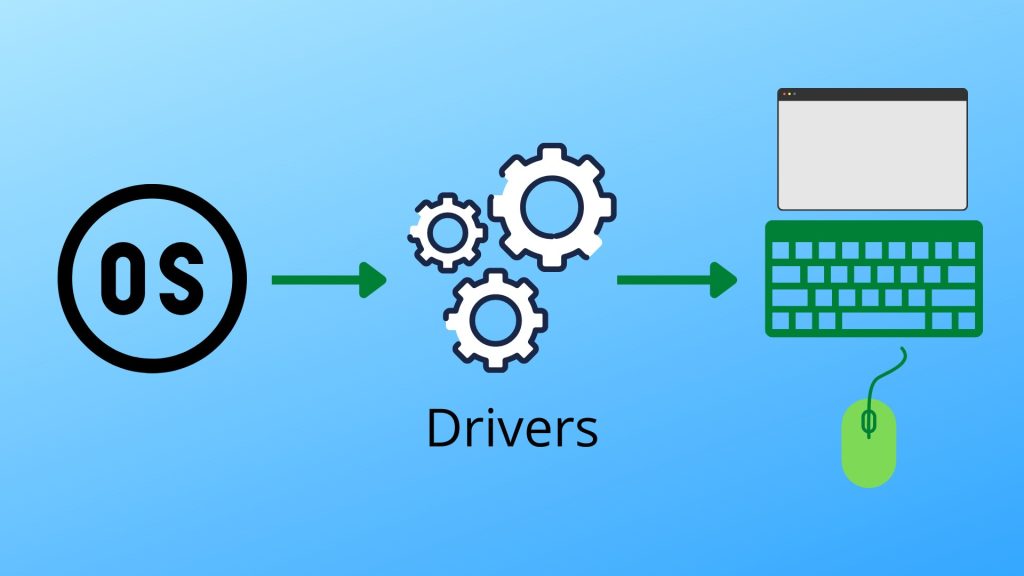Ever wondered how your peripherals interacts perfectly with your computer, or why your printer suddenly refuses to recognize ink cartridges? It all depends on a software called a device driver. These software will serve as communication between your hardware components (like printers, keyboards, and graphics cards) and your operating system (like Windows or macOS). Without them, your computer wouldn’t understand how to communicate with these devices. Read more on — What are Device Drivers?…
Cards and Drivers
Sound card drivers, for instance, act as essential software interpreters. They take the digital data (1s and 0s) stored in an MP3 file and translate it into a specific language that the sound card can understand. This allows the sound card to convert the data into analog audio signals, ultimately producing the sound you hear through your headphones or speakers.
Furthermore, this same principle applies to all your computer’s hardware. Specific drivers exist for each component, such as video card drivers for smooth visuals, keyboard drivers for translating keystrokes into on-screen characters, and mouse drivers for accurate cursor movement. In simpler terms, device drivers act as the hidden communication bridges between your hardware components and the operating system, ensuring everything works together flawlessly for a smooth user experience.
Conclusion
Device drivers are essential programs that act as translators between software and hardware. Without them, software wouldn’t understand how to interact with your computer’s components, like printers and keyboards. These programs translate software commands into a specific format for each hardware piece, allowing features like printing and audio playback to function properly. Device drivers also handle communication between hardware and the operating system. They ensure requests from the operating system reach the hardware and responses are sent back.
While crucial, device drivers can sometimes malfunction. Outdated or faulty drivers can lead to performance issues, hardware malfunctions, or even complete device failure. Thankfully, Windows often automatically installs and updates drivers. However, it’s still beneficial to check for updates periodically. This ensures optimal communication and efficient hardware utilization, ultimately leading to a smoother and frustration-free computing experience.

